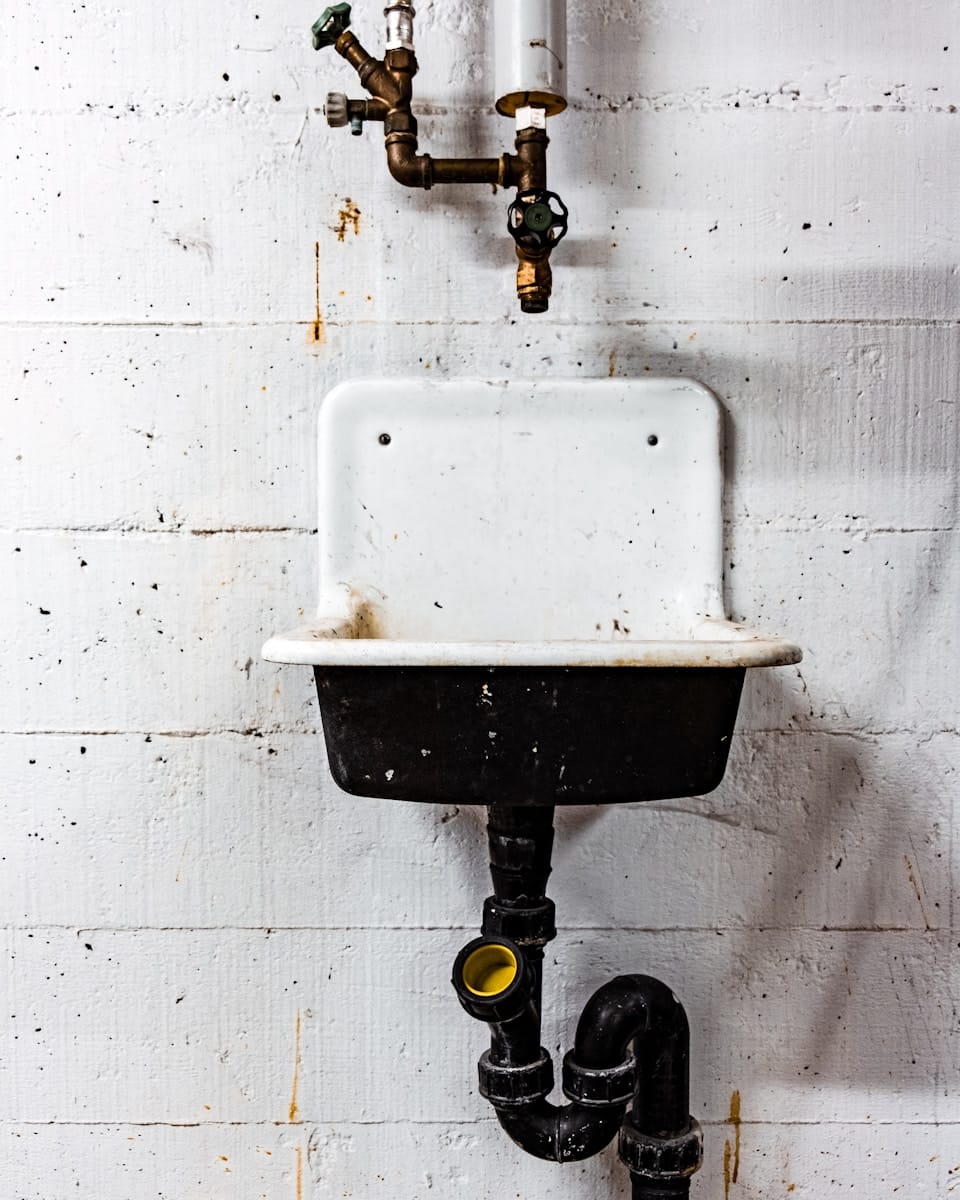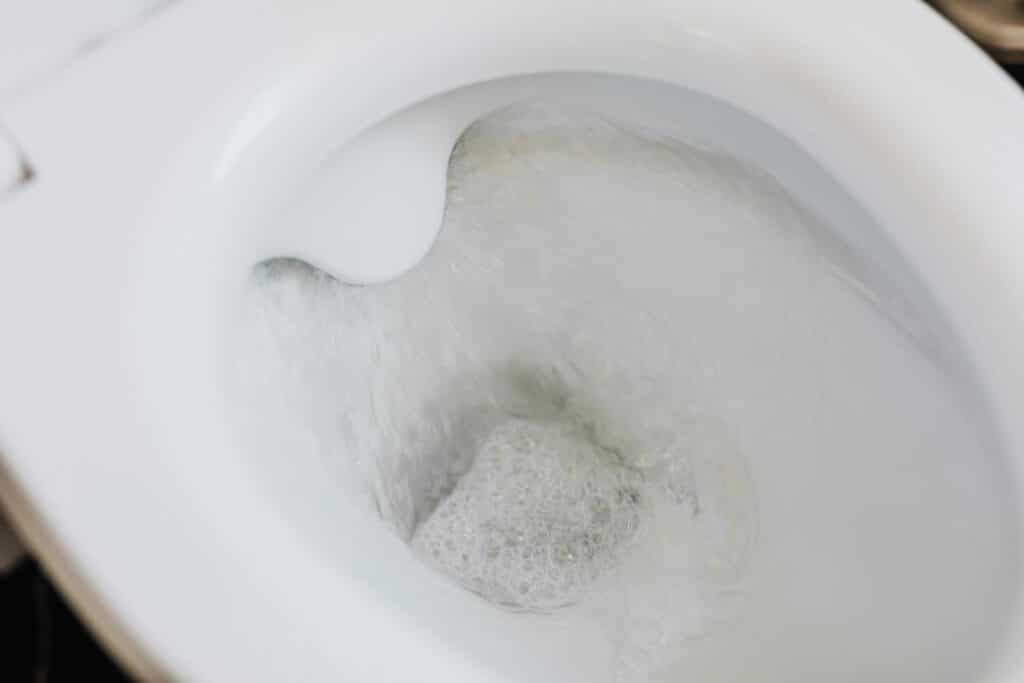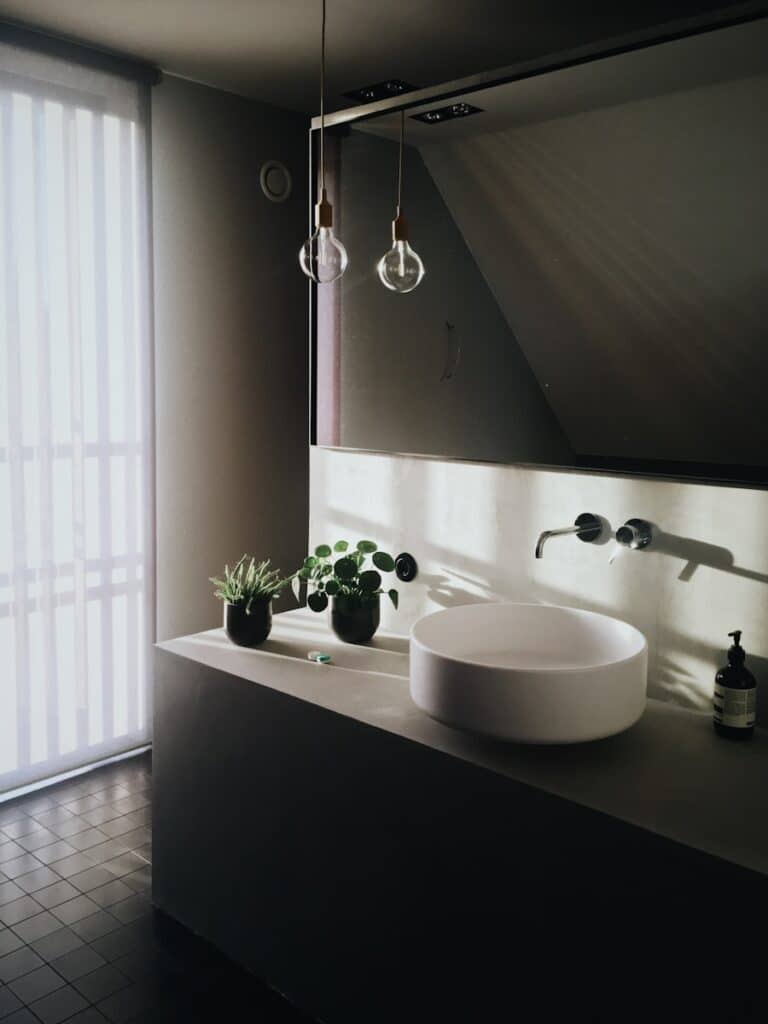When was indoor plumbing invented?
Indoor plumbing is a modern convenience we often take for granted. With just the twist of a faucet or the flush of a toilet, clean water appears and waste disappears. But have you ever wondered where it all started? The development of indoor plumbing is a fascinating tale that stretches back thousands of years. This blog will guide you through the history, evolution, and significant milestones that brought us the modern plumbing systems we rely on today.
Here’s what you’ll learn:
- The earliest origins of indoor plumbing
- How civilizations like the Romans and Mayans innovated piping systems
- The development of complex systems such as flushing toilets and comprehensive sewer networks
- The key players and inventions that shaped modern plumbing
The Origins and History of Plumbing
The history of indoor plumbing dates back to ancient times, when civilizations recognized the importance of clean water and efficient waste disposal.
Ancient Egypt and the Birth of Copper Pipes
The Egyptians were among the first to develop rudimentary plumbing systems. They used copper pipes to supply water to palaces and other elite buildings as early as 2500 BCE. These copper complex piping systems were advanced for their time, offering a controlled water supply to private homes. Egyptian pyramids even featured elaborate drainage systems.
The Mayan Ruins and Public Latrines
The ancient Mayans also displayed ingenuity in their approach to water management. Archaeologists have found evidence of pressurized water systems and public latrines in Mayan ruins. Their ability to create running water systems, though different in scale from today’s modern plumbing, shows a sophisticated understanding of water flow.
Innovations in Ancient Rome
The Roman Empire revolutionized indoor plumbing, creating what could arguably be called the first comprehensive sewer systems.
Aqueducts and Public Baths
The Romans built extensive aqueducts to bring clean water from distant sources directly into their cities. These aqueducts supplied water not only to private homes of the wealthy but also to public baths, ensuring that the entire city’s population had access to fresh water.
Lead Piping and Sewer Systems
Cities such as Rome utilized lead piping to distribute water and remove sewage. They constructed vast networks of covered sewers, such as the Cloaca Maxima, one of the world’s earliest examples of wastewater removal systems. While the use of lead pipes would later be considered a health hazard, the Romans’ contributions to plumbing systems remain foundational in plumbing history.
Photo by Photo By: Kaboompics.com on Pexels
The Evolution of the Flushing Toilet
One of the most significant milestones in the history of indoor plumbing is the invention of the flushing toilet.
Harrington’s Design and Early Toilets
The first flushing toilet was designed by Sir John Harrington in England in the late 16th century. His system incorporated a water cistern and used running water to flush away waste. However, Harrington’s design was not widely adopted during his time, possibly due to cultural resistance and the lack of proper sewage systems.
Modern Upgrades and Cummings’ Floating Ballcock
It wasn’t until the 18th century that toilets saw more practical improvements. Scottish inventor Alexander Cummings patented the modern S-bend pipe in 1775, which helped stop foul odors from escaping. He also introduced the floating ballcock, a critical component in regulating water flow within the cistern.
Thomas Crapper’s Contribution
While Thomas Crapper did not invent the toilet, as commonly believed, his company popularized it with wide production during the Victorian era. Crapper’s innovations improved the durability and reliability of flushing toilets, making them commonplace in private homes by the late 19th century.
Modern Plumbing and the Industrial Revolution
The Industrial Revolution ushered in a new era for indoor plumbing. Rapid urbanization highlighted the necessity of clean water and waste management systems.
Plumbing plays a crucial role in our daily lives, providing essential services that contribute to public health, convenience, and environmental sustainability. Here are the key reasons why modern plumbing is so important:
The First Hotels and Plumbing in Public Buildings
One notable example is the Tremont Hotel, built by Isaiah Rogers in 1829. Situated in Boston, this was the first American hotel to feature indoor plumbing, offering guests with up to eight water closets and bathing facilities on the main floor. This marked a significant shift in integrating plumbing systems into public buildings.
The White House and Indoor Plumbing
The spread of plumbing to private residences gained momentum in the 19th century. By 1853, President Franklin Pierce had indoor plumbing installed in the White House, setting a precedent that inspired affluent households to adopt the technology.
Cast Iron and Copper Pipes
Material advancements also played a key role during this period. Cast iron became the standard material for sewage pipes, while copper pipes dominated water supply systems for their durability and resistance to corrosion. These developments solidified the modern plumbing system as we know it today.
Access to Clean Water
Modern plumbing systems ensure a reliable supply of clean and safe drinking water. By delivering high-quality water to homes and businesses, plumbing protects communities from waterborne disease outbreaks and enhances overall quality of life.
Sanitation and Hygiene
Efficient wastewater management systems take waste away from homes and cities to treatment facilities, preventing contamination and maintaining hygiene standards. Indoor plumbing supports the use of modern toilets, sinks, and showers, which are vital in promoting personal and community hygiene.
Improved Health and Safety
Proper plumbing systems minimize exposure to harmful pollutants and bacteria that can breed in stagnant water or unclean environments. This helps reduce health risks such as infections, diseases, and allergies.
Convenience and Comfort
Plumbing has revolutionized the way we live by providing conveniences like running water, hot showers, and flushing toilets. This level of comfort not only improves daily routines but also increases property value and enhances modern living standards.
Water Conservation
Advancements in plumbing technology, such as low-flow showerheads, water-saving toilets, and efficient irrigation systems, help conserve water. These innovations are critical in addressing environmental concerns and ensuring sustainable water use for future generations.
Infrastructure and Economic Impact
Plumbing is a fundamental part of a city’s infrastructure, supporting businesses, schools, hospitals, and homes. It also creates jobs and contributes significantly to the economy through construction, repair, and maintenance activities.
Modern plumbing is indispensable for healthy, safe, and convenient living. It reflects how far society has progressed in engineering and hygiene, making it one of the most important systems that support daily life.
Plumbing in the 20th Century
The 20th century saw massive strides in plumbing technology, prompted by demands for better hygiene and public health.
Comprehensive Sewer Systems
Cities revamped their infrastructure to address the needs of growing populations. Comprehensive sewer systems became a priority, improving sanitation and reducing the spread of diseases. Pressurized water systems also became common, ensuring that even tall buildings could enjoy reliable water flow.
Plumbing Codes and Regulations
The establishment of organizations like the International Code Council introduced standardized regulations for plumbing systems. These codes have since become essential for ensuring consistent quality, safety, and efficiency across buildings worldwide.
Modern Indoor Plumbing Today
Today’s modern indoor plumbing systems are a marvel of technology. The average home benefits from complex networks of pipes, fixtures, and sewage disposal mechanisms. From clean water supply to efficient removal of waste, plumbing now improves public health, hygiene, and overall quality of life.
Innovations continue, as new materials like plastic pipes replace traditional copper and cast iron. Smart water systems are now integrating IoT technology, allowing homeowners to monitor water usage and detect leaks remotely.
How GAE Plumbing & Heating Utilizes Modern Plumbing Equipment and Techniques
At GAE Plumbing & Heating, we pride ourselves on staying at the forefront of modern plumbing technology and practices. Our team is equipped with state-of-the-art tools and machinery, ensuring precision, efficiency, and reliability in every project we undertake.
From trenchless pipe repair to advanced leak detection systems, we leverage the latest innovations to minimize disruption and maximize results for our clients.
Additionally, our technicians continually train in cutting-edge methods, such as the use of environmentally-friendly equipment and water-efficient solutions, to align with sustainable plumbing trends.
Whether it’s installing energy-saving fixtures, utilizing smart plumbing technologies, or executing large-scale heating system upgrades, GAE Plumbing & Heating excels in integrating modern techniques to deliver superior services. We combine technical expertise with the best equipment to meet and exceed customer expectations.
Photo by Claus Grünstäudl on Unsplash
Helpful Links and Resources on Plumbing History and Modern Plumbing
The Plumbing Museum: Visit the Plumbing Museum to explore the rich history of plumbing and learn about its evolution through the ages.
American Society of Plumbing Engineers (ASPE): The ASPE website provides a wealth of resources related to modern plumbing systems, design standards, and industry advancements.
Plumbing Safety Tips and Info: Discover safe plumbing from Safe Plumbing.
Smithsonian Institution – Waterworks: The Smithsonian Institution contains fascinating exhibits and articles about historical plumbing projects and innovations that shaped modern society.
National Kitchen and Bath Association (NKBA): The NKBA website offers insights into modern plumbing designs and trends, especially for kitchens and bathrooms.
EPA WaterSense Program: Learn about water-efficient plumbing and sustainability efforts through the EPA WaterSense Program.
The History of Plumbing in America – Old House Journal: Read the detailed article on the Old House Journal website that explores the development of plumbing in American homes over the decades.
Final Thoughts | When Was Indoor Plumbing Invented?
Plumbing history is a story of ingenuity and progress. From ancient civilizations using copper and clay pipes to modern-day smart systems, the development of indoor plumbing underscores a universal human need for clean water and effective waste management.
Understanding this evolution gives us an appreciation of the efforts and innovations that have shaped the conveniences we rely on daily. Whether you’re taking a quick shower or grabbing a glass of water, these simple acts are built on a rich legacy of plumbing advancements.
Interested in learning more about the innovations shaping modern plumbing? Follow our blog for updates on the latest trends and technologies in the world of plumbing systems.




